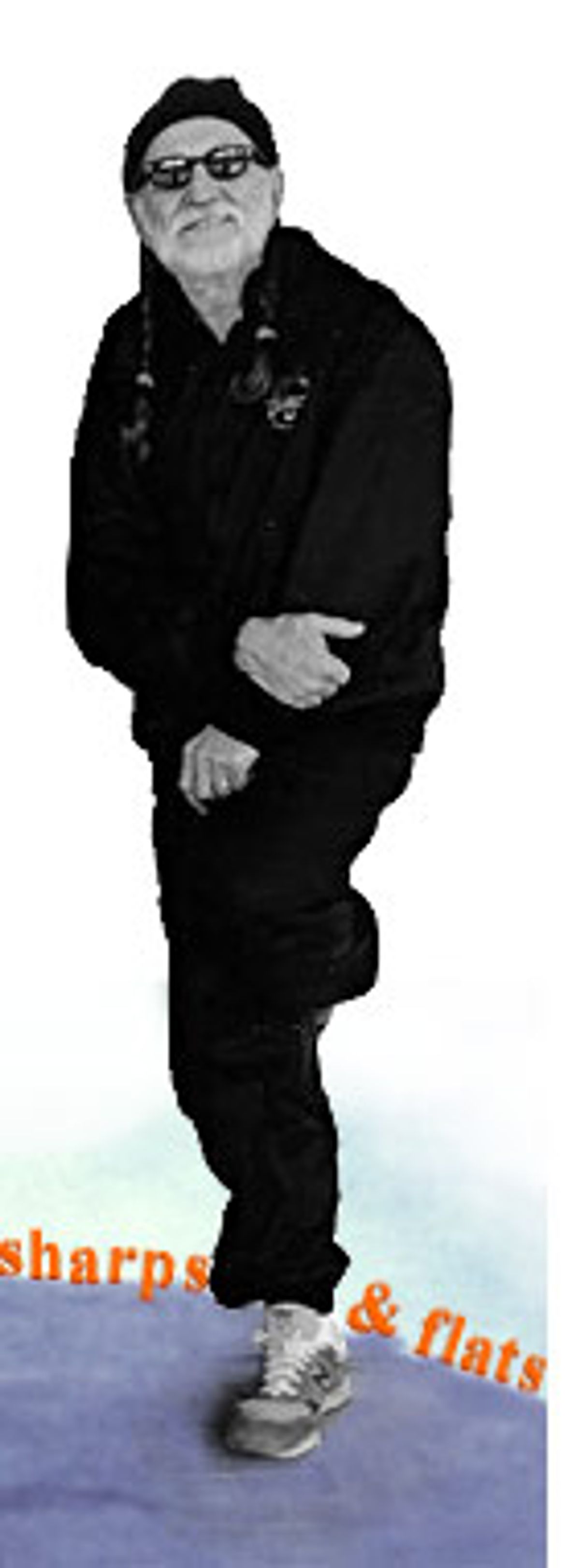It's 1979: Arto Lindsay is a cornerstone in the nascent, New York no wave scene. The torrid squalls and iconoclastic tunings of his 12-string guitar have helped make his band, DNA, one of the best known of the downtown avant-garde jazz-rock set. Critic Lester Bangs calls DNA's music "horrible noise," which is high praise indeed.
Other artists budding in this prolific scene, like saxophonists John Zorn and John Lurie, will go on to form bands like Naked City and the Lounge Lizards. Thurston Moore will borrow some atonal tunings from Lindsay and start Sonic Youth. Lindsay will fly low on the pop-culture radar, playing with bands like the Ambitious Lovers and the Golden Palominos.
It's now 1999: Moore and Lurie are now elder statesman of New York's experimental music scene. Zorn is something like a deity. But while you could make an argument that Sonic Youth and the Lounge Lizards made their most vital music a decade ago, Lindsay continues with richly textured music that is as evocative and moving as DNA's was unceasing and violent.
Listening to "Prize," Lindsay's fourth solo album (his first for Ani DiFranco's Righteous Babe label, and the label's first without DiFranco), the unflinching attack of DNA seems even more than two decades removed. This incandescent music, with its gentle melodies and relaxed demeanor, seems as if it evolved from entirely different origins.
"Prize" takes the gently lurching Brazilian music Lindsay has been working with for over a decade and sets it to carefully modulated percussion, with almost delicate hip-hop rhythms and instrumentation thrown into the mix. Run through with Lindsay's inimitable falsetto, "Prize" is deceptively tranquil. The overall tone of the music is so lush and hypnotic, it's easy to miss the layers of sound.
As a band leader, Lindsay is like a classical painter, ruminating on the perfect color combination, the exact texture to enliven a portrait. Angular string sections, mournful horn passages and ferocious scratching don't sound cluttered when blended together under his hand. When Lindsay's own electric guitar makes an appearance -- several measures of frenzied lurching are immediately recognizable toward the end of "The Squall," for example -- it sounds natural, even gentle.
"Prize" contains a handful of songs in Portuguese, the best of which is the lilting bossa nova "Pode Ficar," with its carefully meted, distant blasts of a muffled bass, understated organ murmur and hints of Lindsay's own guitar skronk. Other songs are run through with the same experimental nature that has always marked Lindsay's work.
While some of these constructions might sound pretentious in print, the results are beautiful. "Prefeelings" is anchored by frenetic scratching and furious bongos, and marked by bursts of spoken-word pronouncements by the rapper Beans ("The promises lovers make when it's too late"), interjected in between Lindsay's words ("Do you think you're breathing air?" -- a line from "The Matrix" -- is one refrain).
"Prize" will probably not get half the attention that the next Sonic Youth effort will receive. That's too bad, because chances are the next Sonic Youth record will not be half as good.



Shares